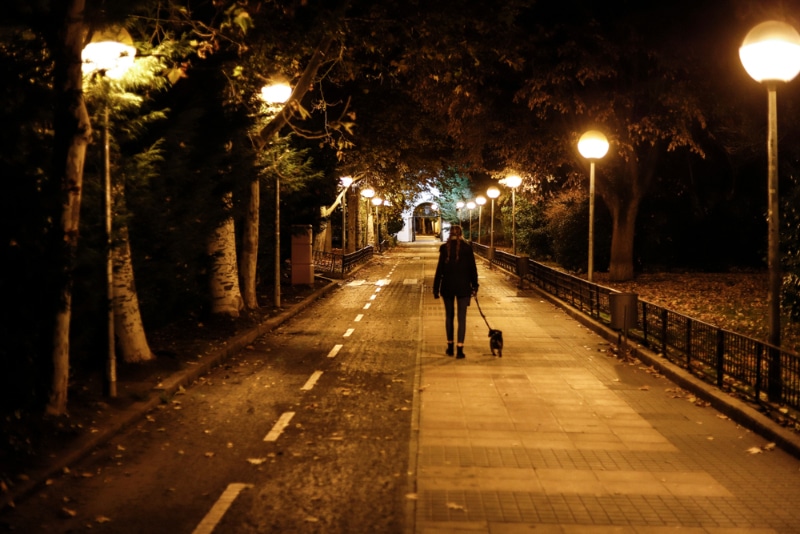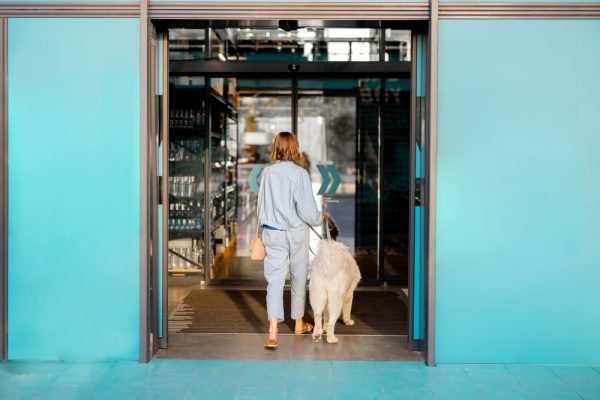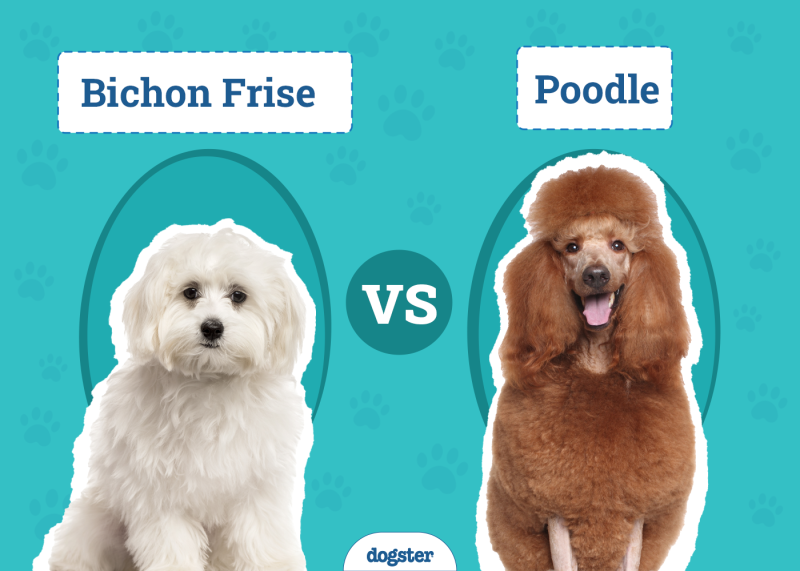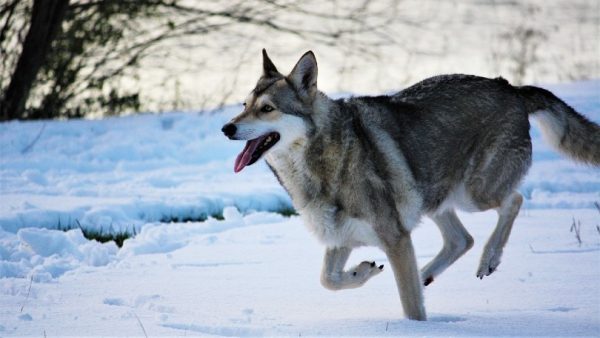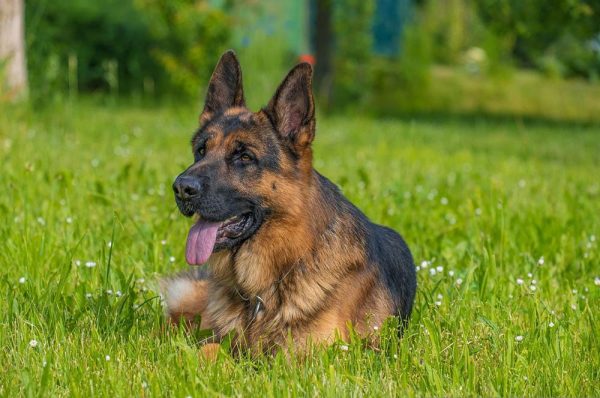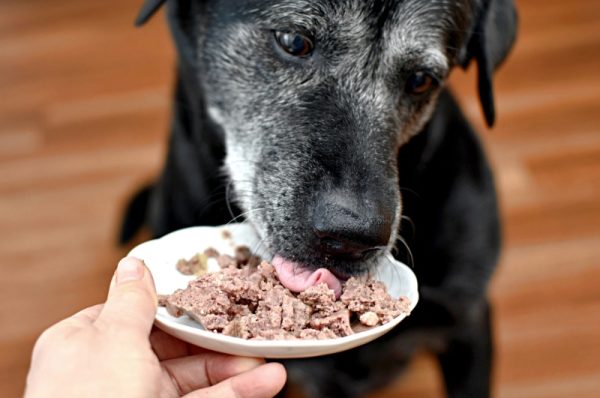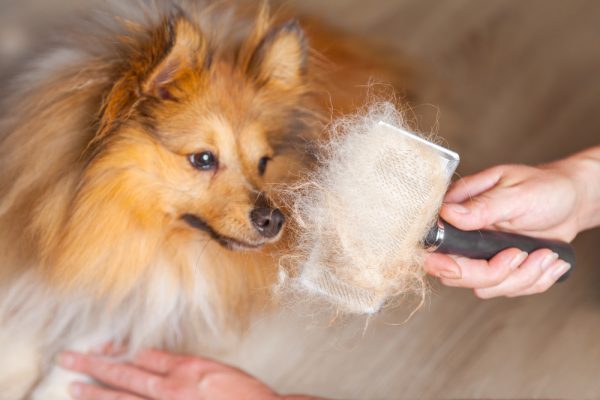There is no definite right or wrong time to take your dog for a walk. The time you walk your dog will depend on several factors, such as the current temperature, your location, your dog’s energy needs, and your personal preference. If they have been walked during the day, most dogs do not need to be walked at night. However, with the right precautions and gear, you can safely walk your dog at night.
There are many reasons you might consider walking your dog at night. Perhaps you don’t have time during the day, and it’s too hot for them to be walking, or your dog struggles to wind down without nightly exercise. This article hopes to help you make a more informed decision on whether a nightly walk is necessary or even beneficial for your dog.

Why Should You Walk Your Dog at Night?
If you feel like your dog would benefit from a nightly walk, then it’s perfectly okay to take them on one. However, most dogs do not need to be walked at night if they are walked during the day. There are various reasons you might feel like you should take your dog on a nightly walk.
1. Busy During the Day
Not everyone has time to take their dogs on a daytime walk, especially if you work late or have a busy schedule that demands your time. The only time you might have to walk your dog is at night. In this case, a nightly walk is better than no walk at all for your dog. However, you still want to try and keep the walk at a reasonable time so that your dog can get a proper night’s rest.
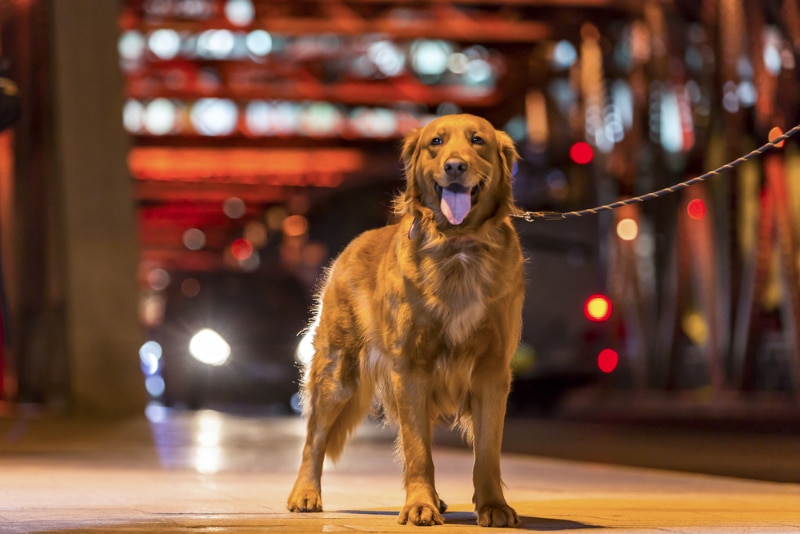
2. Release Pent-Up Energy
Some high-energy dog breeds may benefit from a nightly walk to help them sleep better through the night. A nightly walk will help them release pent-up energy to tire them out before bed. One long walk a day is usually not enough for high-energy pooches.
3. Relaxation
Nighttime walks can be relaxing for both you and your dog. Taking a stroll at night while enjoying the quietness can benefit you both before bed. You could also take this time to bond with your dog.
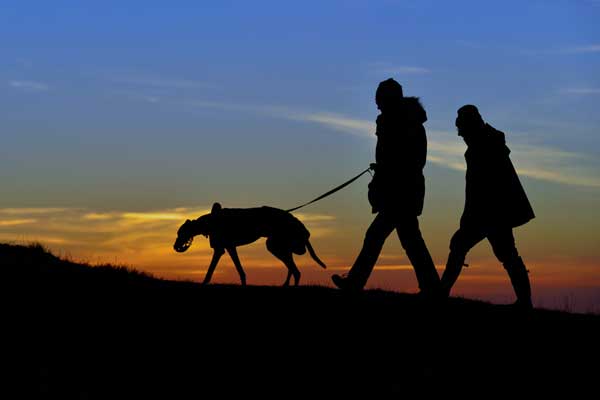
4. Cooler Temperatures
If the daytime temperatures are too hot to safely walk your dog, walking them at night is a good idea. You generally want to avoid walking your dog in the midday summer heat and be cautious about how hot the ground is to avoid burning your dog’s paws. The temperature usually cools down significantly at night and there is no sun to heat the ground.
Brachycephalic or double-coated dog breeds who have trouble walking in the summer heat can comfortably enjoy nighttime walks.
5. Reactive Dogs
Reactive dogs that struggle to walk during the day when there are too many people and other dogs around can benefit from a nightly walk. Fewer people usually choose to walk their dogs at night, so most routes will have fewer people and dogs.
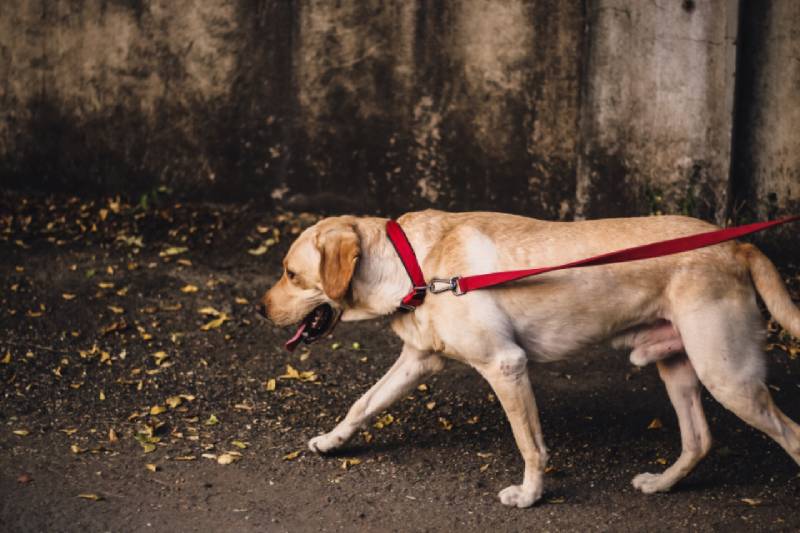

Tips for Walking Your Dog Safely at Night
If you do choose to walk your dog at night, it’s important to take the proper precautions to keep both of you safe. Predatory animals, people, cars, and other dogs can put you and your dog’s safety at risk, so always be prepared for a nightly walk.
- Bring a flashlight: It’s important to bring a flashlight with you for the nightly walk. The flashlight allows you and your dog to see clearly and avoid stepping on or into something you couldn’t see. Walking blindly in the dark puts you at risk of falling and potentially injuring yourself. You will also need the flashlight to see potential threats lurking in the dark.
- Defense: Carrying a safety or defensive device is a must during nightly dog walks. You may need to defend yourself or your dog using the device, but make sure the device is legal in your state or country.
- Follow a familiar route: Even if you are confident that your area is safe, always follow a familiar route during nightly dog walks. It might seem fun to explore a new route, but this is dangerous for several reasons.
- Keep your devices hidden: Although going on a nightly dog walk with your headphones or earphones may seem tempting, it is not safe. Not only will you struggle to hear potential danger, but you will also let other people know that you are carrying an electronic device. It’s best to keep your phones hidden away but fully charged for your safety. Avoid taking your phone out during the walk unless it is an emergency.
- Stay in pairs or groups: It’s always a good idea to buddy up if you plan to walk your dog at night. You can ask one of your family members to join you or enjoy it with friends.
- Avoid quiet areas: Walking in quiet areas where there are no nearby people or houses can be risky. You ideally want to stick to a route that has other people who could hear or see you if something were to happen along the walk. Avoid walking through dark forests, empty streets, or along hiking trails during your dog’s nightly walks.
- Gear-up: Both you and your dog should be wearing reflective gear at night. This allows cars and other people to easily spot you and your dog in the darkness. Depending on where you’re walking, if it’s quiet rural roads or somewhere with poor street lights, it’s important to be easily seen.
- Use a secure leash and harness: Your dog should be on a secure leash and harness during their walks.
- Tell someone when you are walking: Whether you are walking your dog alone or with other people, it’s always a good idea to tell someone where you are walking. This ensures that someone who isn’t on the walk knows where you will be and can check if you have made it home safely.
Gear for Walking Your Dog at Night
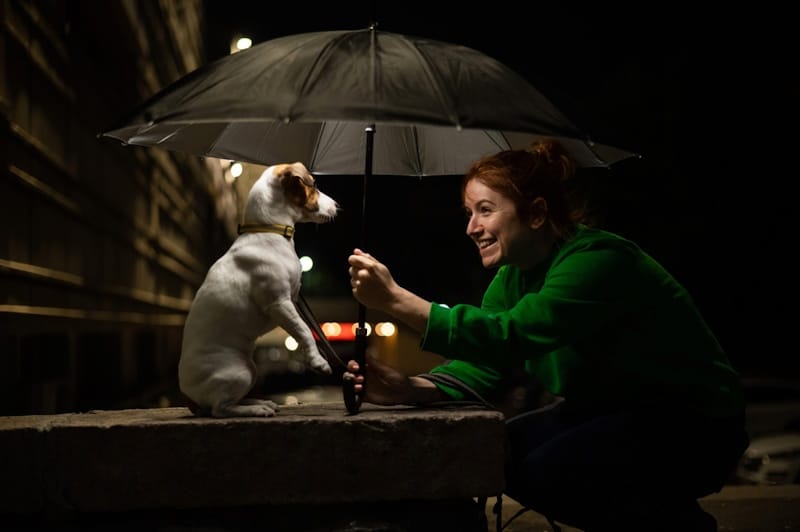
The main gear you will need when walking your dog at night is a flashlight, safety device, and reflective gear. You do not need to bring a bulky flashlight with you, as a small battery-operated one will work. Many flashlights can be secured onto your wrist, making them easier to carry on the walk.
It’s a good idea for you and your dog to wear reflective gear during the walk. Reflective gear makes your dog more visible during nighttime walks and allows vehicles to see your dog better if you walk near a road. You can purchase a reflective vest, leash, or collar for your dog. Some good options include the SafetyPup reflective dog vest and the Chai’s Choice reflective dog collar.
Make sure to keep your dog on a leash at all times, as they may get spooked more easily at night and run off, increasing the risk of them getting hurt or lost.

Conclusion
Taking your dog for a walk at night is not a must, but some dogs can benefit from it. Nighttime walks are a lot more peaceful, cooler, and convenient for some dog owners. Some dogs might find it easier to wind down at night after they go on a walk, while other dogs appreciate the cooler nighttime temperatures during the summer months. To ensure you and your dog are safe on the walk, it’s important to follow safety precautions and carry night gear.
Featured Image Credit: Alvaro Hernandez Sanchez, Shutterstock
